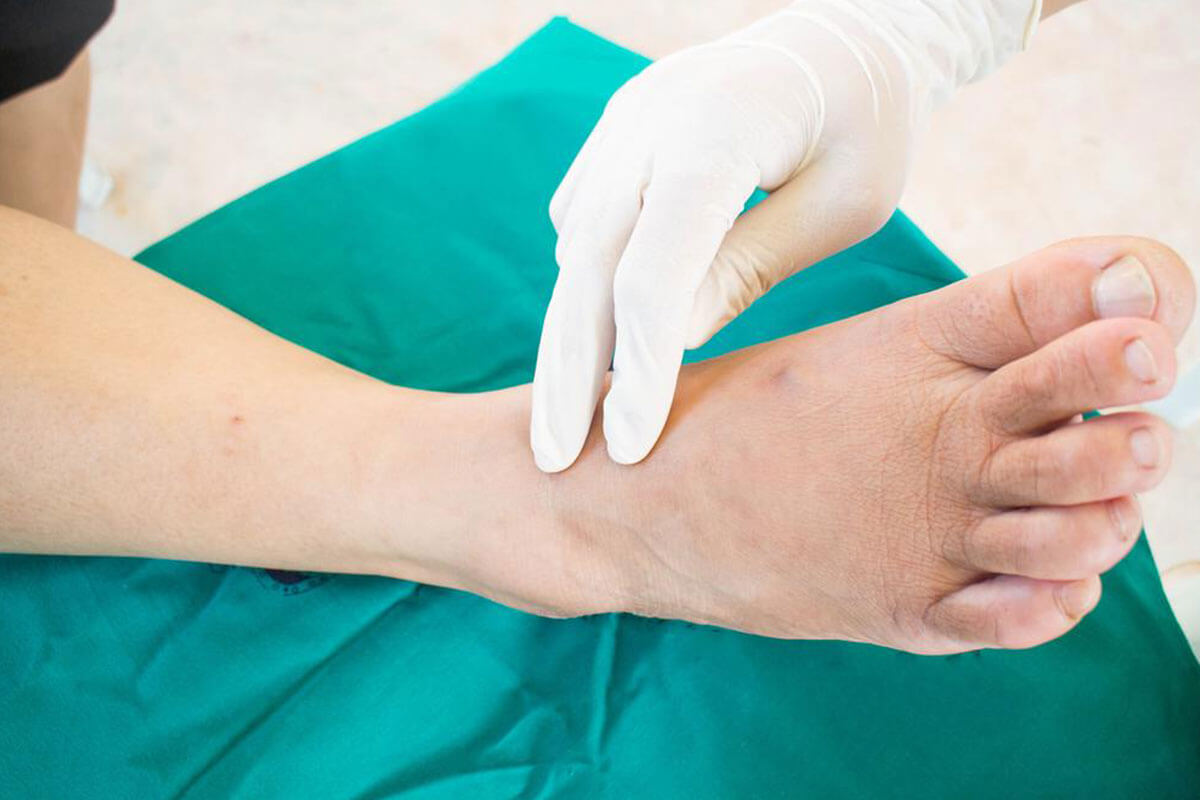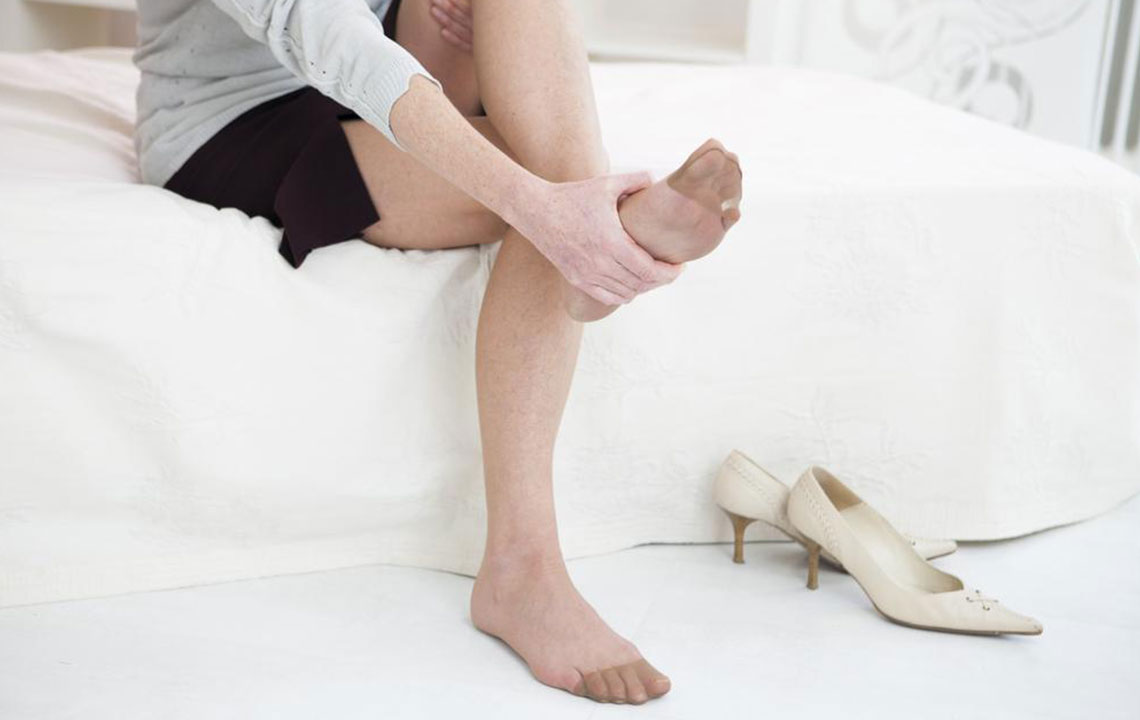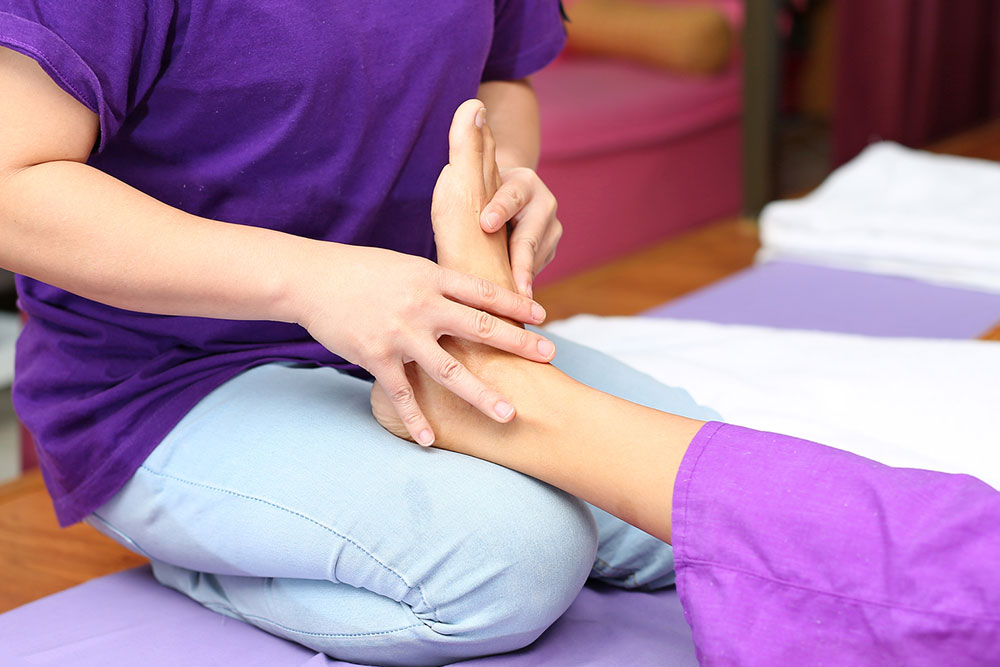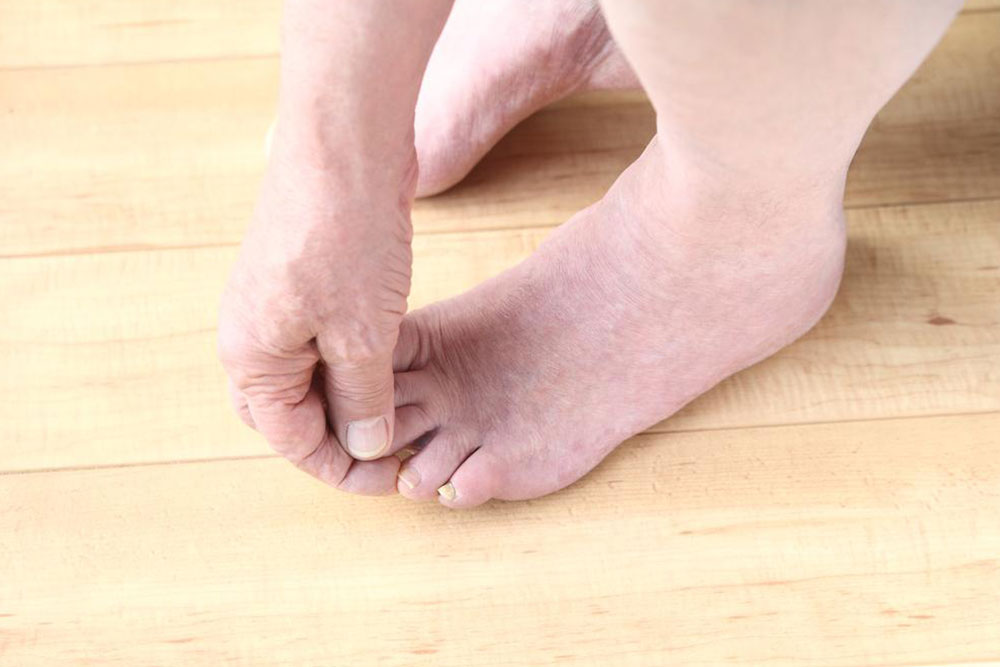Comprehensive Guide to Managing and Preventing Foot Complications in Diabetes
This comprehensive guide covers the impact of diabetes on foot health, highlighting common problems like neuropathy and circulation issues. It offers practical prevention tips, including proper hygiene, footwear, and early treatment, to help diabetics maintain healthy feet and prevent severe complications such as ulcers and amputations. Understanding the risks and acting promptly can significantly improve quality of life for people with diabetes.

Comprehensive Guide to Managing and Preventing Foot Complications in Diabetes
High blood sugar levels pose significant health risks, especially regarding diabetic foot problems. Many individuals living with diabetes are unaware of the potential severity of foot complications, which can escalate to infections, ulcers, or even amputations if not addressed promptly. However, understanding how diabetes impacts foot health and adopting effective preventive measures can dramatically reduce these risks. This extensive guide aims to provide vital information on common diabetic foot issues and practical strategies to prevent them, ensuring better foot health and quality of life for diabetics.
Awareness and proactive care are critical in managing diabetic foot problems. By educating yourself about the underlying causes, symptoms, and preventive practices, you empower yourself to maintain healthy feet. This article covers the key issues associated with diabetic foot health and offers actionable tips to help you protect your feet effectively.
How Diabetes Affects Foot Health Diabetes significantly impacts foot health by increasing the likelihood of nerve damage and circulatory issues. Elevated blood sugar levels can lead to conditions such as diabetic neuropathy and peripheral vascular disease, which are primary contributors to diabetic foot complications. Recognizing these effects early on is crucial to preventing serious outcomes.
Diabetic Neuropathy: This condition involves damage to the nerves in your legs and feet caused by prolonged high blood sugar levels. Patients often experience reduced sensation, including inability to feel pain, extreme temperatures, or injuries. This loss of sensation means minor injuries can go unnoticed, significantly increasing infection risk and potential complications if left untreated.
Research indicates approximately 10% of individuals with diabetes develop foot ulcers, predominantly due to nerve damage and poor blood circulation. Weak muscles and deformities in foot structures further exacerbate the problem by putting abnormal pressure on specific areas, leading to calluses, blisters, and other issues.
Peripheral Vascular Disease: Diabetes impairs blood flow by damaging blood vessels, which hampers the body's ability to heal wounds. Reduced circulation delays recovery from cuts, blisters, and infections, increasing the risk of ulcers or gangrene, which may require surgical intervention or amputation if not managed timely.
Common Diabetic Foot Problems and Practical Prevention Strategies Recognizing these foot problems early and implementing proper care routines can prevent severe complications, including infections and amputations. Regular foot exams, prompt treatment of minor issues, and lifestyle adjustments are vital components of effective management.
Hammertoes: Toe deformities caused by muscle imbalance or inherited traits. Wearing properly fitted shoes and considering corrective surgery can help alleviate discomfort and prevent worsening deformities.
Athlete’s Foot: Fungal infections that cause itching, cracking, and peeling skin. Maintaining dry feet, using antifungal powders, and seeking medication can help control the infection.
Blisters: Often due to ill-fitting footwear or new shoes. To prevent infection, clean, disinfect, and cover blisters; avoid popping them to prevent bacterial entry.
Nail Fungal Infections: Nails may turn yellow, brittle, or separate from the nail bed. Keeping feet dry, trimming nails properly, and applying prescribed antifungal treatments are essential preventive measures.
Calluses: Thickened skin caused by uneven pressure or friction. Removing calluses gently with pumice during foot baths and wearing well-fitted shoes reduces risk of skin breakdown.
Plantar Warts: Painful growths resulting from viral infections. Medical treatment is recommended instead of self-removal to avoid complications.
Foot Corns: Hardened skin near toes caused by shoe pressure. Regular moisturizing and proper footwear help prevent their formation.
Dry Skin: Leads to cracks and infections. Regularly moisturizing with suitable creams helps maintain healthy skin barrier and prevents infections.
Adopting good foot hygiene practices, maintaining a balanced diet rich in nutrients, engaging in regular physical activity, and seeking medical attention at the first sign of foot issues are crucial strategies to prevent serious complications. Early intervention and consistent self-care enable diabetics to stay mobile and avoid life-altering surgeries, ensuring a better quality of life.





